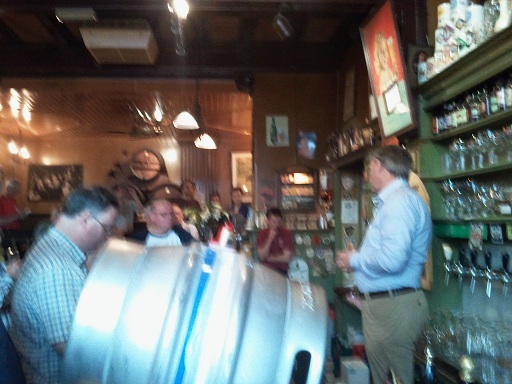
Some of the best pubs in Amsterdam joined forces this weekend to celebrate wild yeasts, the kind that gives a beer like lambic its particular flavour and characteristics. As part of that, In de Wildeman had Frank Boon give a presentation on the history of the lambic and related beers like gueuze and kriek. Which is fitting, because it was his brewery that was instrumental in saving these beers from extinction.
A short recap. Lambics are beers traditionally brewed in the Senne valley near Brussels, using various wild yeasts of the brettanomyces families (as well as others). It’s a sour beer, not very hoppy and cloudy. Gueuze is a mixture of young (one year old) and old (two-three years) lambics that undergo secondary fermentation in the bottle, slightly sweeter than proper lambiek. Faro is lambic with added sugar, while kriek is lambic with sour cherries added, anything from 350 grammes a litre and upwards. Lambics were originally brewed as a regional beer, as a tax dodge even to escape French taxation on spirits, one of those styles of beer that seemed old fashioned in the twentieth century but which has become hip again as more and more craft brewers are looking to traditional beers like this for inspiration.
No Comments